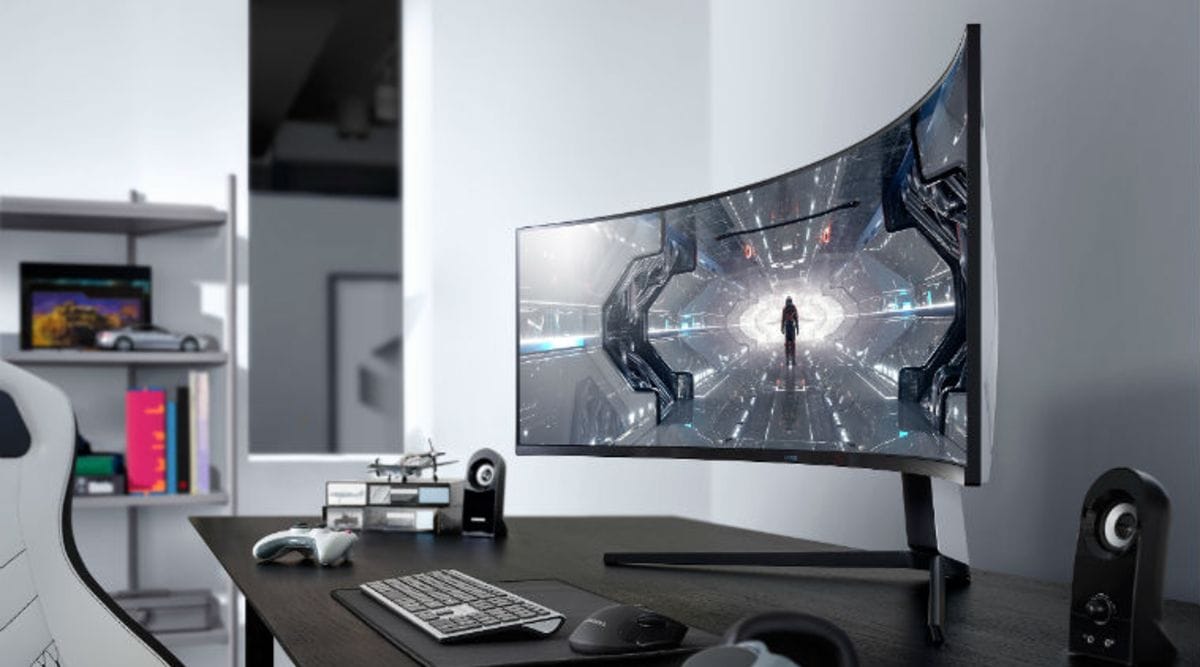How to Choose The Peripherals
PERIPHERALS
Keyboard
The keyboard is mainly used for text input. Keyboards use the USB or PS/2 interface. USB
keyboards are the norm, with only a few high-end or low-end products employing PS/2.The mechanism and actuation method on a keyboard determines its tactile response when typing. The two main switch types are membrane and mechanical.- Mechanical keyboards are actuated by an independent physical switch. Different mechanical switches have different tactile responses; the main types are brown, blue, black and white.
- Membrane keyboards are cheaper and make up a majority of the market. One problem that membrane keyboards may encounter is registering simultaneous key presses, so competitive gamers may want to choose keyboards that support N-Key Rollover (NKRO).
Mouse
Mice are typically classified according to their method of connection - wired or wireless.
They can also be classified according to their sensor type, depending on whether they employ optical or laser sensors.Wired mice typically connect via a USB port, while Bluetooth and 2.4GHz WIFI are the norm for wireless mice.For gaming, we recommend using a wired mouse to avoid wireless signal and battery life issues.DPI (Dots Per Inch) is another criterion to consider when buying a mouse. DPI indicates the number of steps - "dots" - that the mouse registers for every inch of movement. The higher the DPI, the more sensitive the mouse is, and the quicker the cursor can move on screen. A high DPI mouse does not ensure precision on its own - you need a high resolution display to make full use of it. The most sensitive mice available on the market come in at 8200 DPI, while typical mice are around 1200 DPI.Monitors
Monitors can be classified as flat or curved according to their shape . When buying a monitor, pay attention to the panel type, brightness, contrast and refresh rate. At present, IPS panels are the most popular type. In addition to your personal needs, you should also take into account your graphics card when choosing a display. High-end gaming monitors may support NVIDIA G-Sync or AMD Freesync, both of which help reduce screen tearing.Monitors typically receive display output through D-Sub/DVI/HDMI interfaces.

:max_bytes(150000):strip_icc()/handonmouse-fa3ebc262110479188f70206f40fd75d.jpg)

Comments
Post a Comment